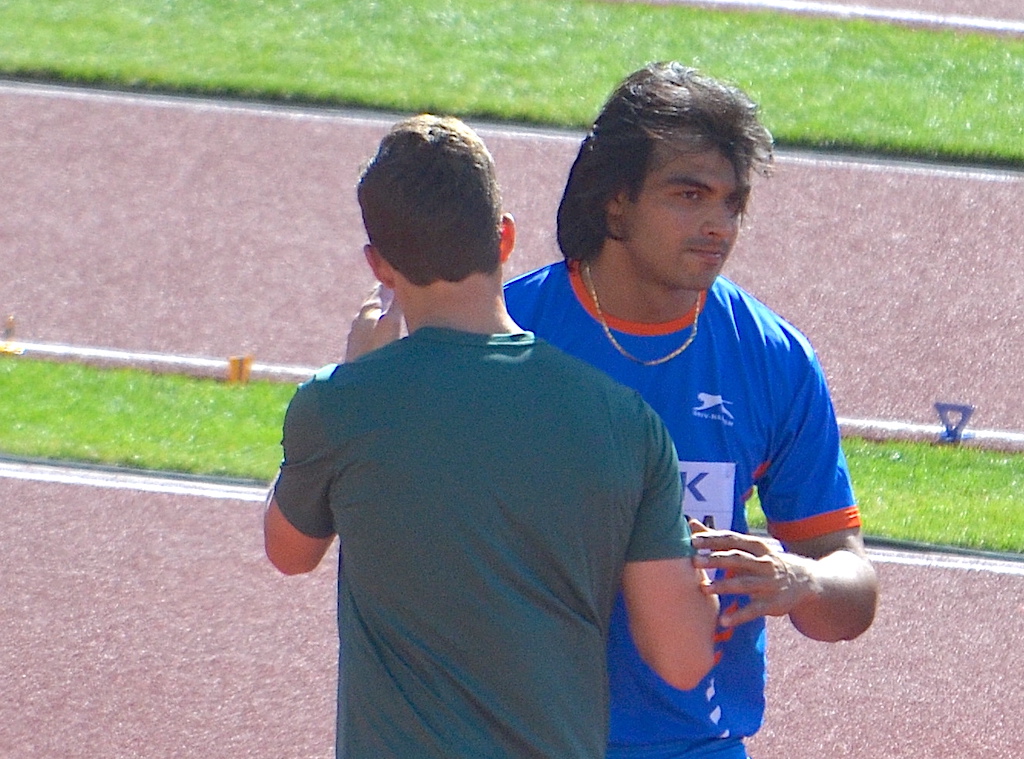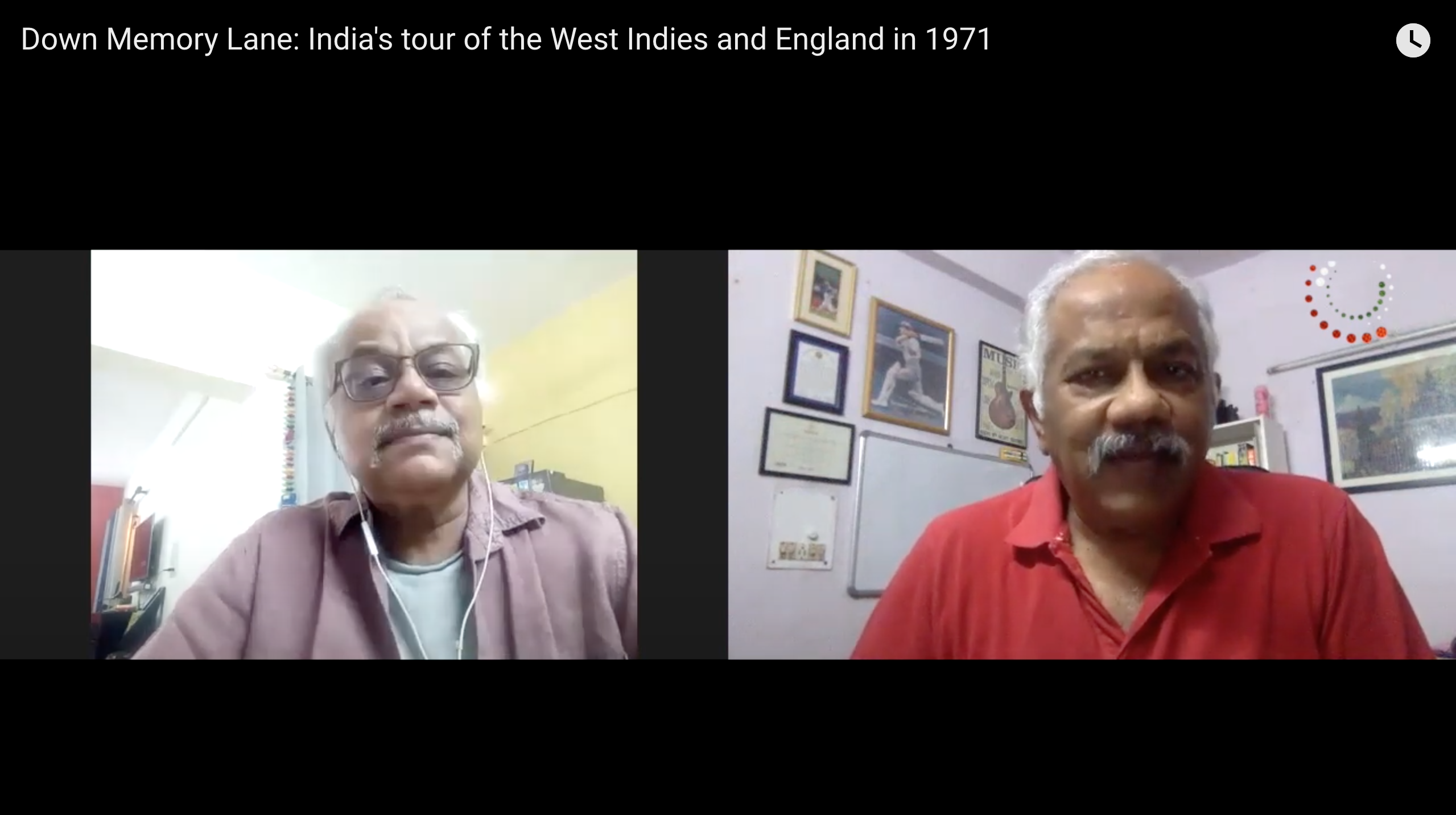If Soft Power or co-optive power can be seen as an aspect of a nation’s power of getting countries to do want what it wants, India’s push for the establishment of the International Yoga Day has to be the biggest move in that direction. It marked India’s rediscovery of athletic activity as a Soft Power and a desire to enhance visibility of its sport to influence the world.
Yet, before we plunge into a discussion on the possibilities of creating strategic advantage for India through sport, it is important that we take a slight detour. It becomes critical for India and its aspiration to use Sport to extend its philosophies to other parts of the world to understand that the definition of Soft Power itself may be changing from the time it was first laid down.
From a reading of literature, it would appear that the nature of Soft Power may have changed. There seems to be a version that may be a bit less ambitious about globalising culture, ideology and institutions. Of course, political scientists, foreign affairs experts and sociologists are better suited than a sports writer to speak about the evolution of Soft Power.
There can be no doubt that sport, as part of culture, has remained a huge influence on people across territories divided by politics and geographies. Cable and Satellite TV brough European Football league teams and players, the US NBA teams and hoopsters, Formula 1 drivers, Tennis stars, Golf aces and WWE entertainers to Indian drawing rooms.
Much as the Board of Control for Cricket in India and its broadcast partner will crow about viewership numbers for the Indian Premier League, you do not need to guess that most of those numbers would primarily be from India and people of Indian origin overseas, even if a number of foreign cricketers make a beeline to be and are part of the tournament.
Indeed, there is no Indian sport or sports team that has a global appeal. Nor is there a sports training venue that appeals to athletes from other nations as ideal for them to base themselves in. Nations like Australia, Kenya, Finland, Turkey, UK and USA have used their training facilities as influences on athletes from around the world.
Citing the vagaries of tropical climate, India has remained some distance away from establishing such centres for its own athletes, let alone for those from overseas. The closest India has got to doing this is in offering the Afghanistan cricket team training bases in Greater Noida, Lucknow and Dehradun. But that was born out of the strife in Afghanistan.
The greybeards will tell us that this is not how things were. Long before the term Soft Power was coined and articulated in Joseph Nye’s 1990 book, Bound to Lead: The Changing Nature of American Power, India was hosting Pentangular Meets and drew athletes from neighbouring countries to train in the National Institute of Sports, Patiala.
Yet, for long, India’s leaders and people seemed to believe that performance in Olympic Games alone counted as having the power to influence other nations through sport. The other aspects of the sporting ecosystem took a backseat. Indeed, over the years, India had all but forgotten that Sport is a vital part of a country’s global diplomatic toolbox.
More than a century ago, there were attempts to showcase Mallakhamb, which combines elements from Wrestling and Gymnastics, around the Olympic Games. From a competition perspective, though India thought up the idea of the Asian Games, its exponential growth meant that few recall the origins of the continental spectacle.
To be sure, India has used Cricket for its diplomacy with its neighbours, especially Pakistan. But, in such instances, because the intention is to not provide economic support, Cricket assumes a dimension that removes it from the realms of being the Soft Power that it is at all other times.
Kalaripayattu from Kerala, Gatka from Punjab, Thang Ta from Manipur and Silambam from Tamil Nadu, to cite some examples, date back several centuries but little has been done to make them popular across the country. The Khelo India Youth Games in Panchkula this year featured some of these but they do not exactly threaten Judo, Karate, Kung-Fu, Taekwondo and Wushu.
One of the challenges that India will face in this process stems from the fact that its diversity is both its strength and weakness. For instance, to employ one or more of its own martial arts as a soft power to win the world politics game without force, India will first have to embrace cultures from across the country before making a pitch internationally.
By all accounts, the growth of Kabaddi has not been the result of a well thought through movement. Kabaddi and Kho-Kho, two athletic sports have the potential to serve as instruments of Soft Power but the world has a great variety of sport to choose from.
That leaves India with a punt on hosting the 2036 Olympic Games and leveraging its ability to build Fantasy Sport as the key Soft Power drivers along with its films, music and dance as well as Yoga. With Yoga not being very structured, it is probably the hosting of large multi-discipline Games that will serve India’s purpose.
However, while we wait for that to happen, India should be able to leverage its vast manpower resources and technological skills in the world of sport in the not too distant future. But it calls for a concerted effort at identifying specific sport and areas in sport for it to be able to utilise sport as a Soft Power to rise in global esteem.
This piece was written for Parivartan, a souvenir published to commemorate Asthra, an international symposium on Soft Power organised by Amrita School of Business, Kochi.


